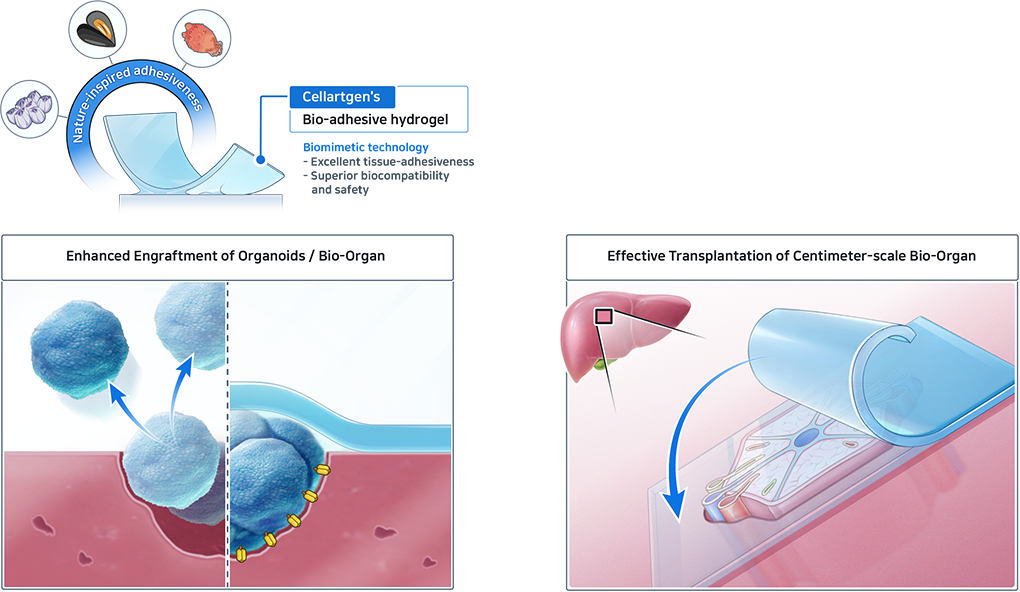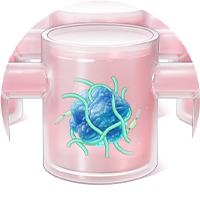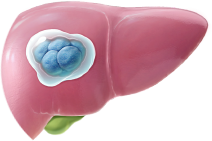- Technology
- Overview
Overview
Technology Overview
Cellartgen is developing “bio-organs”, that are structurally and functionally similar to real organs
by taking a multi-discipline approach to organoid culture and advanced biomaterial technologies and
applying them to regenerative treatments.
Organoid
Culture/
Manufacturing
Technology
Culture/
Manufacturing
Technology
Organoid culture matrices based on propriety decellularization technology can be introduced to improve an organoid culture’s capacity to function and differentiation potential. In addition, microfluidic technology can be utilised to provide both nutrients and gas exchange without damaging organoids and preventing the formation of necrotic cores, allowing for highly functional organoids produced in large numbers.
- What is Decellularization?
- It is a technology for making high-value biocompatible matrix that removes as much antigens and cellular debris as possible that can trigger an immune response when applied to the body. The matrix made through this technology can be used not only for research but also for clinical cell culture and transplantation.
- Kim S, Min S, Choi YS, Jo SH, Jung JH, Han K, Kim J, An S, Ji YW, Kim YG, Cho SW. Tissue extracellular matrix hydrogels as alternatives to Matrigel for culturing gastrointestinal organoids. Nature Communications 2022;13:1692
- Cho AN et al. Microfluidic device with brain extracellular matrix promotes structural and functional maturation of human brain organoids. Nature Communications 2021;12:4730


Organoid
Advancement
Technology
Advancement
Technology
Organ-specific microenvironments achieved through a decellularized matrix based on decellularization technology not only support the cultivation and differentiation of organoids, but also enhance their capacity to mature and promote self-structuring. By combining these advanced, bioengineered organoids with a biomimetic adhesive technology called Extracellular Matrix (ECM) glue and vascularization-inducing technology, it is ultimately possible to create highly functional bioengineered organs.
- What is Bio-mimicry (Nature-inspired)?
- Technology inspired by the fundamental structures, functioning principles, and mechanisms observed in nature, these technologies artfully apply these traits to engineering challenges. At it’s core it is an efficient, environmentally friendly, and sustainable core technology made for the future.
- Lee JS et al. Mechanically-reinforced and highly adhesive decellularized tissue-derived hydrogel for efficient tissue repair. Chemical Engineering Journal 2022;427:130926
- Jin Y, Kim J, Lee JS, Min S, Kim S, Ahn DH, Kim YG, Cho SW. Vascularized Liver Organoids Generated Using Induced Hepatic Tissue and Dynamic Liver-specific Microenvironment as a Drug Testing Platform. Advanced Functional Materials 2018;28(37):1801954


Engraftable
Material
Technology
Material
Technology
Cellartgen’s bio-adhesive hydrogel, introduced through biomimetic technology, is not only highly adhesive but also safe for engraftment. Furthermore, its exceptional adhesive properties, combined with minimal invasiveness, contribute to an extended lifespan of bioengineered organs. This approach maximizes the therapeutic effect when applying regenerative treatments.
- Shin J et al. Tissue Tapes-Phenolic Hyaluronic Acid Hydrogel Patches for Off-the-Shelf Therapy. Advanced Functional Materials 2019;29(49):1903863
- Chung H et al. Endoscopically injectable and self-crosslinkable hydrogel-mediated stem cell transplantation for alleviating esophageal stricture after endoscopic submucosal dissection. Bioengineering & Translational Medicine 2023;8(3):e10521





